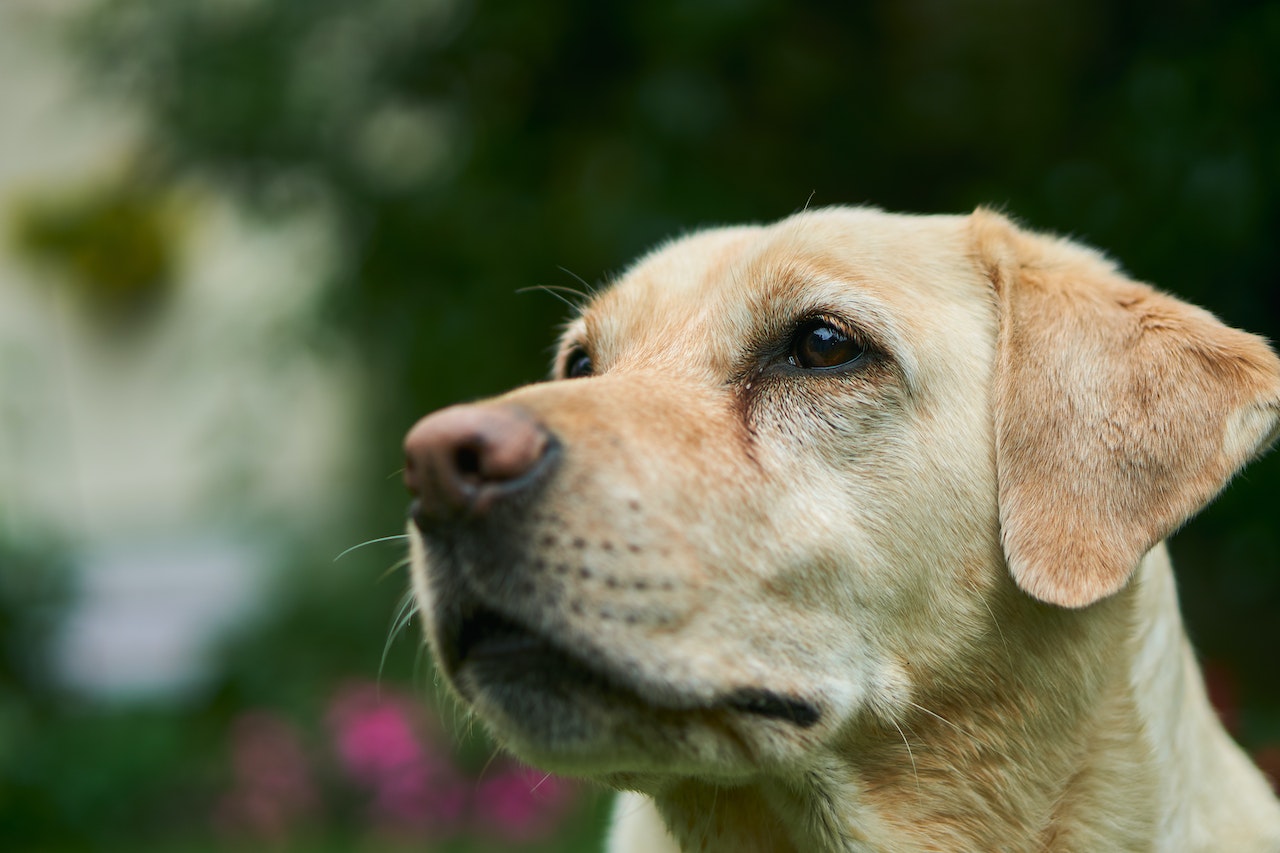How to Train a Food Aggressive Dog
If you’re dealing with a food aggressive Labrador, training can be challenging but not impossible. Food aggression is a common behavioural issue in dogs, and it’s important to address it early on to ensure the safety of both your pet and those around them. In this article, I’ll share some effective techniques to help train a food aggressive Labrador and create a more harmonious feeding routine.
The first step in addressing food aggression in Labradors is to understand the underlying cause. It could be triggered by fear, possessiveness, or even past experiences. Once you have identified the root cause, you can tailor your training approach accordingly.
One effective technique is desensitisation and counter-conditioning. This involves gradually exposing your Labrador to situations that trigger their food aggression while rewarding calm behaviour. Start by approaching their food bowl without touching it and reward them for remaining calm. Gradually progress to touching the bowl lightly and eventually adding high-value treats as a positive association with your presence near their food.
It’s crucial to remain patient throughout the training process as changing ingrained behaviours takes time. Remember to always prioritise safety when working with a food aggressive dog – if necessary, consult a professional dog trainer who specialises in behaviour modification for additional guidance.
By implementing these strategies consistently and patiently, you can help your Labrador overcome their food aggression and establish healthier eating habits. With proper training and understanding, you’ll be able to create a peaceful mealtime environment for both you and your beloved furry friend.
Identifying Food Aggression in Dogs
Food aggression in dogs can be a concerning behaviour that needs to be addressed for the safety and well-being of both the dog and their human companions. In this section, we’ll delve into the topic of food aggression among Labradors, exploring how to identify it, its potential causes, and the behavioural signs associated with this issue.
Identifying food aggression in Labradors is crucial for early intervention. Here are some key indicators to look out for:
- Growling or Snapping: If your Labrador exhibits growling or snapping behaviours when approached while eating or near their food bowl, it could be a sign of food aggression.
- Resource Guarding: Labradors with food aggression may become overly possessive of their meals, displaying protective behaviour such as guarding their bowls or even hiding or hoarding food.
- Intense Staring: A dog that stares intently at anyone approaching them during mealtimes might be exhibiting signs of food aggression.
- Freezing or Stiffening: Labradors experiencing food aggression may freeze or stiffen when someone approaches them while they’re eating.
It’s important to note that these behaviours should not be confused with normal guarding instincts, which are different from aggressive responses.
Causes of Food Aggression
Understanding the underlying causes behind a Labrador’s food aggression can help address the issue effectively. Several factors can contribute to this behaviour:
- Prior Negative Experiences: A Labrador might develop food aggression due to past traumatic experiences relating to mealtime situations such as resource competition with other animals or incidents involving humans.
- Lack of Socialisation: Insufficient exposure to various stimuli during a dog’s critical socialisation period may result in fear-based reactions around mealtime.
- Possessiveness and Dominance: Some Labradors display dominance-related behaviours around their food as a way to establish control and assert their rank within the household.
- Medical Conditions: Pain or discomfort while eating due to dental problems, gastrointestinal issues, or other medical conditions can trigger food aggression in Labradors.
Understanding the potential causes can guide you in formulating an appropriate training plan tailored to your Labrador’s specific needs.
Behavioral Signs of Food Aggression
Labradors with food aggression may exhibit a range of behavioural signs during mealtime:
- Gulping Food: Labradors prone to food aggression might gulp down their meals quickly, fearing that someone might try to take it away.
- Body Stiffening: A tense body posture during mealtimes is common among dogs displaying food aggression, signalling their readiness to defend their resources.
- Unsettled Eating: If a Labrador appears anxious or frequently pauses while eating, it could be an indication of underlying food aggression.
- Guarding Behaviour: Dogs exhibiting food aggression may growl, snap, or show other defensive behaviours when approached near their food bowl.
- Food Bowl Possessiveness: Labradors with this issue may exhibit possessive behaviour by guarding their bowls even when empty.
It’s crucial to remember that addressing and managing food aggression requires professional guidance and positive reinforcement techniques tailored to each individual dog.
By understanding the signs and potential causes of food aggression in Labradors, you can take proactive steps towards creating a safe and harmonious feeding environment for your furry friend. Remember to consult with a professional trainer or behaviourist for guidance on how best to address this issue based on your Labrador’s unique circumstances.
